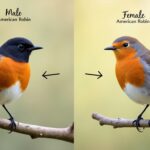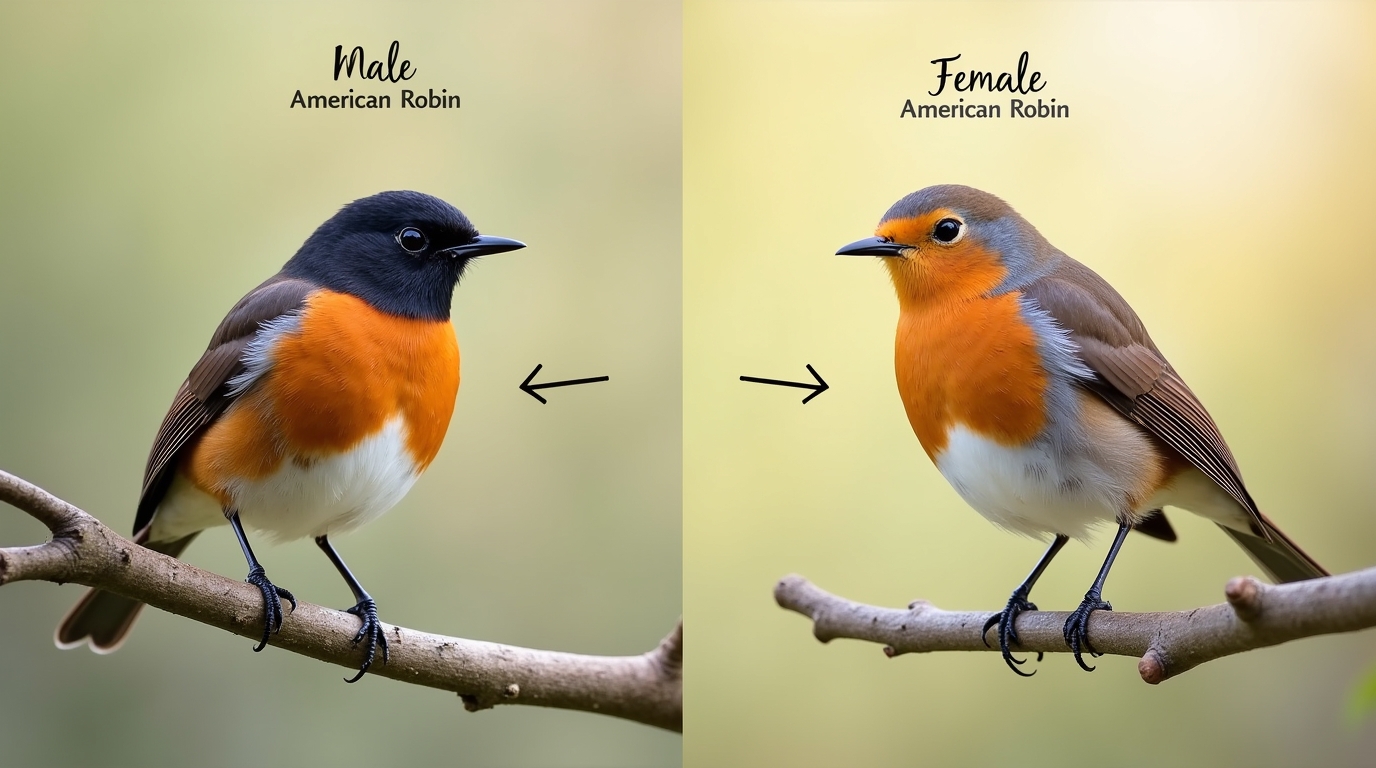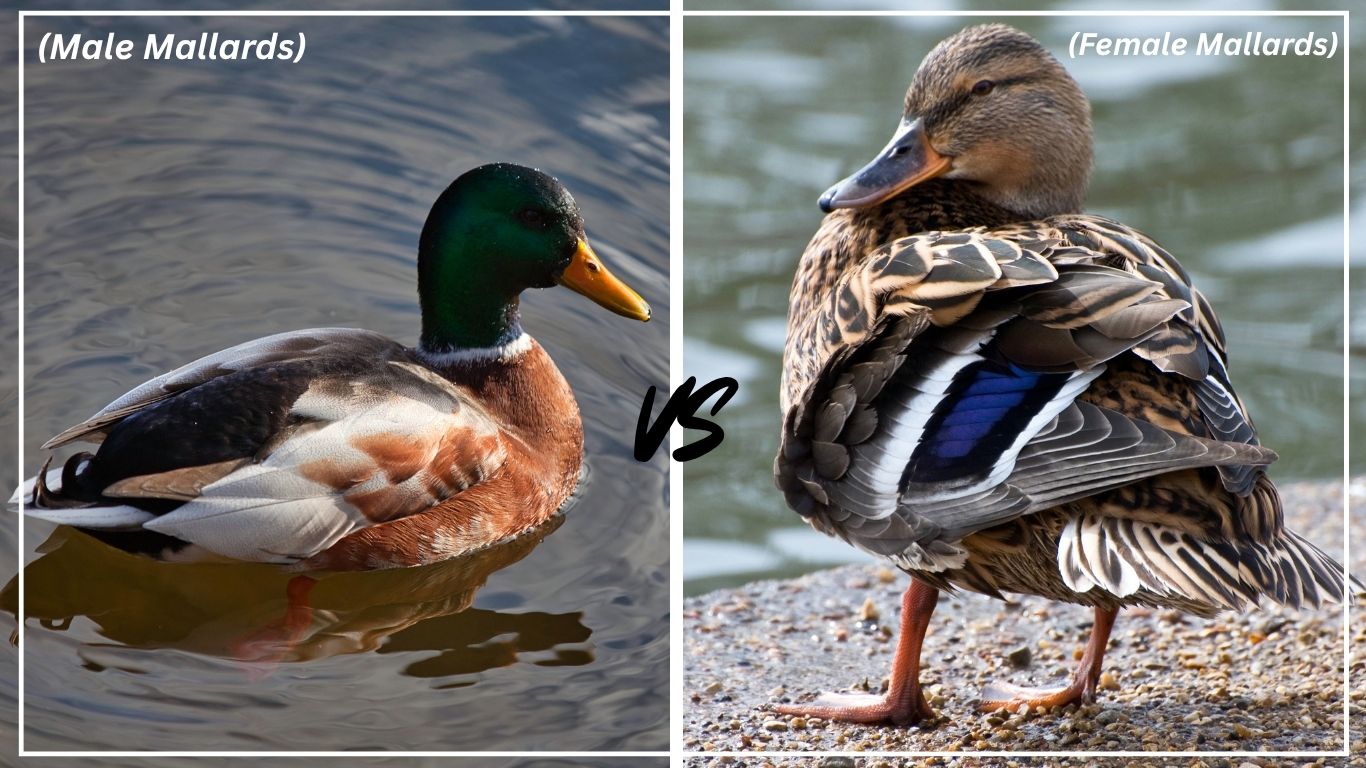The American Robin is one of the most familiar and beloved birds in North America. Known for its red-orange chest and cheerful song, it’s often considered a sign of spring. But while identifying the species itself is easy, telling the difference between a male and female American Robin can be surprisingly tricky. At a glance, they look nearly identical—but if you know what to look for, there are several key clues that help you tell them apart.
In this article, we’ll discuss 7 important differences between male and female American Robins. Fore example: appearance, behavior, and nesting habits. This help you confidently identify their gender during your next backyard birdwatching session.
1. Coloration and Plumage
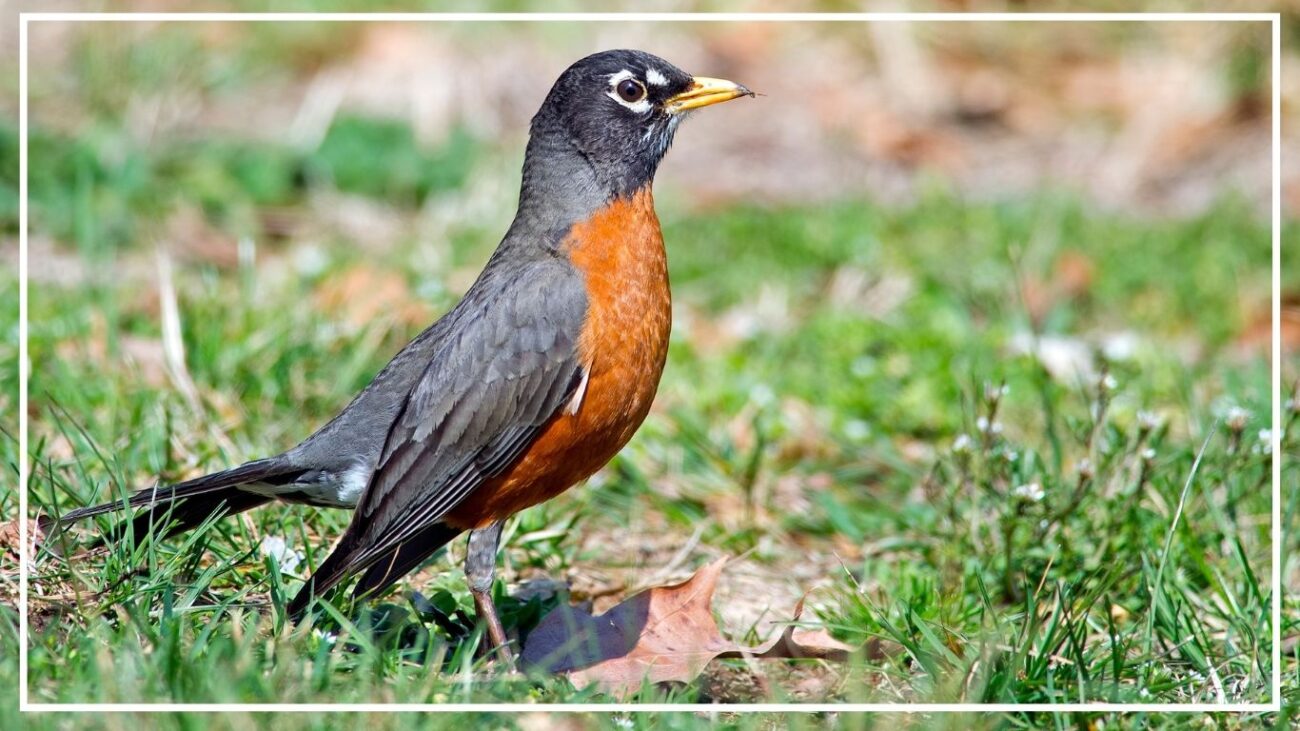
One of the most noticeable differences between male and female robins is the vibrancy of their plumage.
Male Robins
Males are more colorful and visually striking. Their signature red-orange breast is deep and bold, often appearing almost rusty or brick-colored in good light. The contrast between their breast and black head is sharp, giving them a clean-cut appearance. Their back feathers are dark gray to blackish, enhancing the contrast.
Female Robins
In comparison, females look a bit more muted. Their breast color is a duller, paler orange—sometimes almost peachy or faded. Their heads and backs are grayish-brown, blending more softly with the rest of their body. Overall, female robins appear washed-out next to males, but their subtler tones can actually provide camouflage while nesting.
2. Head and Back Color
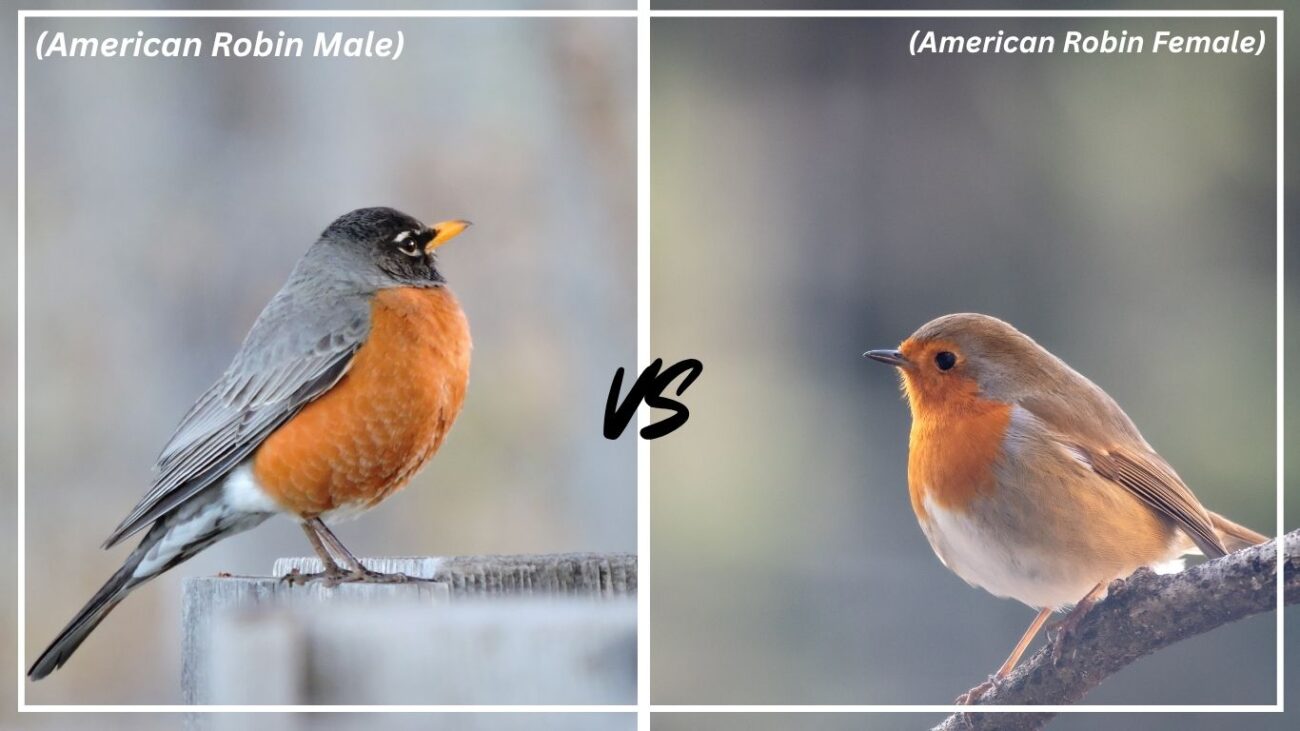
The color of the head and back also differs significantly between the sexes.
Male Robins
The male’s head is one of his most distinctive features. It’s usually a dark black or charcoal color, standing out clearly from the orange chest. This makes his facial pattern and eye ring pop more in appearance.
Female Robins
A female’s head lacks that strong contrast. Instead, it blends into the rest of her plumage, with grayish-brown tones extending from her crown down her back. This blending effect is another trait that helps her remain hidden while nesting.
3. Beak Color and Sharpness
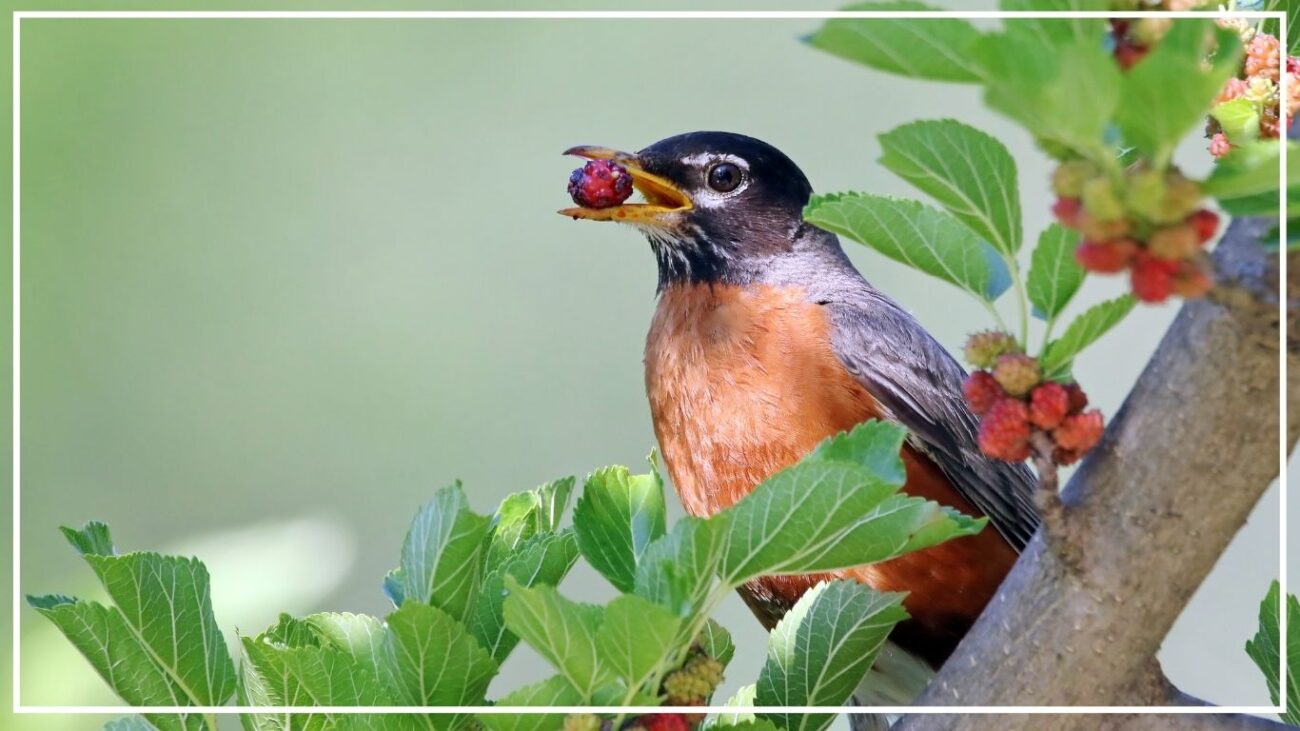
Though not as obvious as plumage, the beak can also give away a robin’s sex.
Male Robins
Male robins usually have a brighter yellow beak. During mating season, it can appear nearly golden, especially when seen in direct sunlight. The edges are clean, and the beak stands out clearly from the darker head feathers.
Female Robins
Females often have duller beaks. Their beaks might be yellowish-brown or yellow with a slight grayish tint, sometimes even showing faint dark markings at the tip. While not always a guaranteed sign, a duller beak often hints at a female.
4. Size and Body Shape

The size difference between male and female robins is small but noticeable if you observe them side-by-side.
Male Robins
Males tend to be slightly larger—by about 10%—and their posture often looks more upright or puffed up. Their bodies appear more muscular or rounded, especially around the chest.
Female Robins
Females are a bit smaller and slimmer. They have a softer overall silhouette and may look more delicate in comparison. This size variation can sometimes help during the mating season when both birds are near each other.
5. Vocalizations and Singing
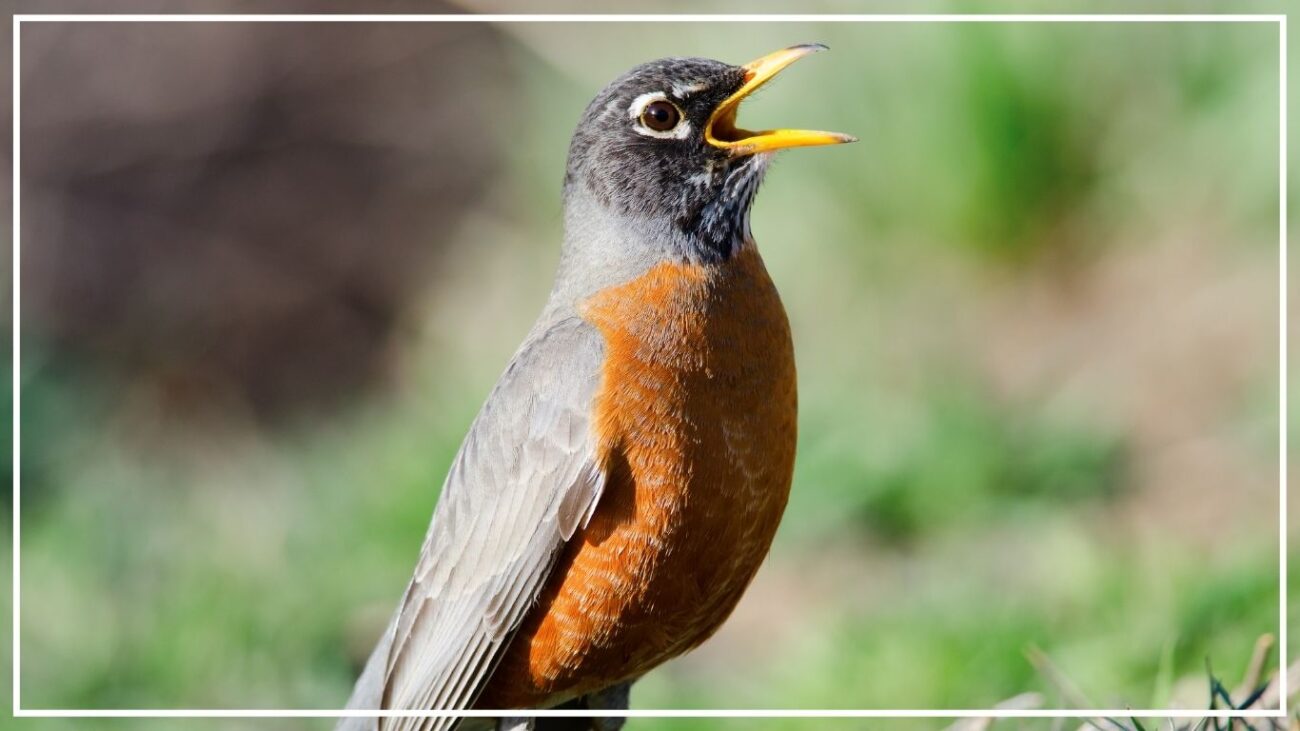
One of the clearest behavioral differences comes from their songs and calls.
Male Robins
Males are the singers of the species. Their song is rich, melodic, and far-reaching—a classic “cheerily, cheer up, cheerily, cheer up.” They sing frequently during the early morning and evening, especially in spring and early summer, to claim territory and attract mates.
Female Robins
Females rarely sing. Instead, they communicate with softer calls or chirps, especially when alarmed or when coordinating with the male during nesting. If you hear a robin singing, it’s almost always a male.
6. Nesting Behavior
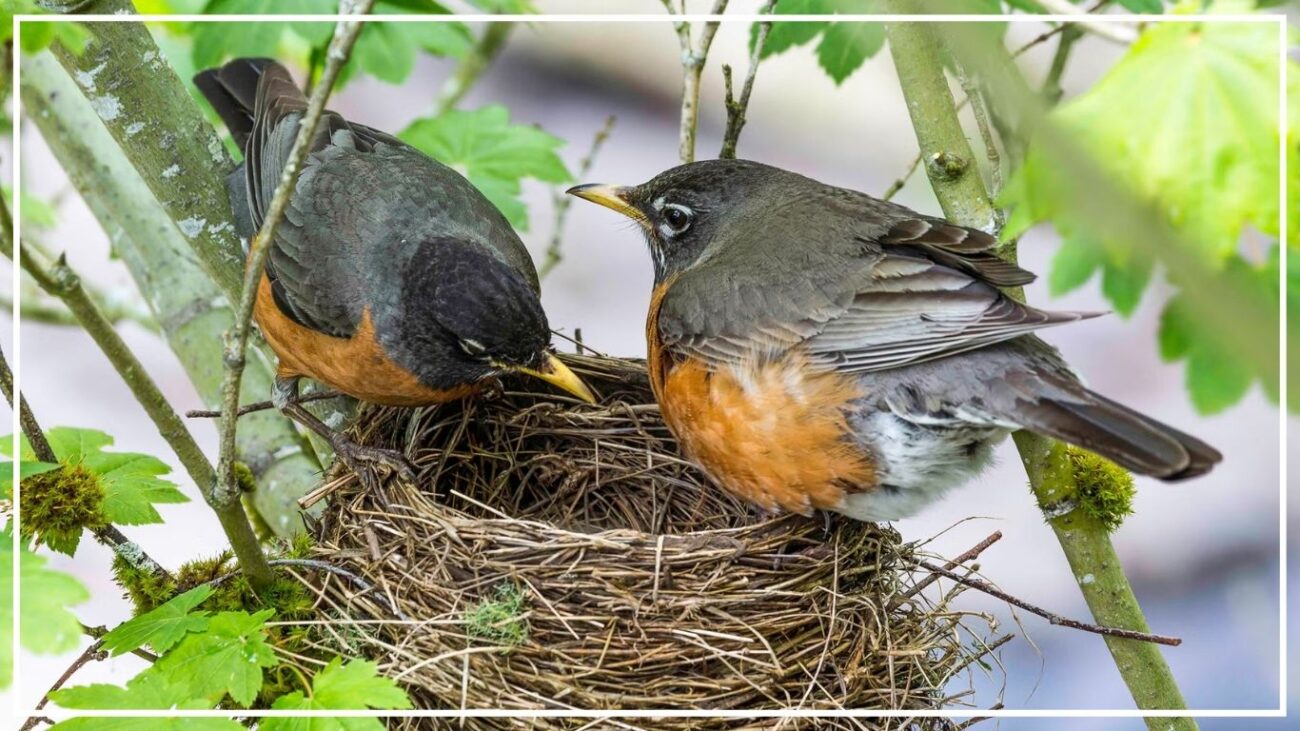
Nesting roles are clearly divided between male and female robins, and watching how they behave around a nest can offer strong clues.
Female Robins
The female is the primary nest builder. She gathers materials such as mud, grass, and twigs and constructs the nest—often in trees, shrubs, or on human structures. Once she lays the eggs, she incubates them alone for about two weeks, rarely leaving the nest.
Male Robins
The male does not help build the nest or incubate eggs. Instead, he guards the territory from other males and predators. He also supplies food to the female and later helps feed the chicks once they hatch.
7. Behavior During Mating Season
Springtime is when many of the behavioral differences between males and females become especially clear.
Male Robins
Males become highly territorial and aggressive during the breeding season. They chase away rival males, puff up their chests, sing loudly, and perform courtship displays to win over a mate. You may even see them attacking their own reflection in windows or car mirrors, mistaking it for an intruder.
Female Robins
Females are more reserved during this time. They’re focused on evaluating mates, selecting a safe nest site, and starting their nesting duties. Their lower visibility and quieter behavior are evolutionary traits for avoiding predators during egg-laying and incubation.
Quick Comparison Table
| Feature | Male Robin | Female Robin |
| Breast Color | Bright red-orange | Dull orange or peach |
| Head Color | Dark black | Gray-brown |
| Back Color | Dark gray to black | Light grayish-brown |
| Beak | Bright yellow | Duller yellow, sometimes dark-tipped |
| Size | Slightly larger, stockier | Slightly smaller, slimmer |
| Song | Loud, melodic, frequent | Quiet, soft chirps only |
| Nesting Role | Territory defense, feeding chicks | Nest building, egg laying, incubation |
Conclusion
Telling the difference between a male and female American Robin isn’t always obvious at first glance, but once you know the signs, it becomes much easier. Look closely at their plumage color, song, behavior, and nesting activity. Males are more vibrant, vocal, and bold, while females are quieter, camouflaged, and dedicated to nesting duties.

